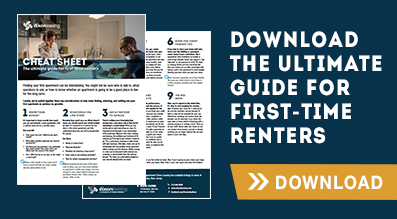If you rent in the New York City metropolitan area, you should get familiar with renter’s insurance. And not just because your landlord tells you that you have to have it.
Renter’s insurance is, indeed, becoming a frequent requirement in the city’s leasing market. But even if your landlord doesn’t include insurance as a condition of your lease, you should consider the advantages of covering yourself against all the slings and arrows that city life can (and probably will at some point) throw at you.
Consider, for example, what might happen if you or a neighbor turn a faucet on and forget about it, maybe because your landlord has shut the water off for repairs. You come home for work later that day to a soaked bathroom floor, warped flooring and melted walls. Your out-of-pocket cost if you’re uninsured? An average of $5,000 that can easily creep up to as much as $125,000. (For that kind of money, you can visit a real ocean…)
When you consider that kind of money, or the cost of losing all your clothes, kitchen tools and computer equipment in a fire or some other catastrophe, the cost of renter’s insurance isn’t that high. You can get a policy with a minimal coverage limit of $25,000 for around $125 a year, and a much lusher $50,000 limit might cost around $300.
Of course, damage to property inside your apartment isn’t the only thing you may have to worry about in the metro area’s bustling spaces. Renter’s insurance can cover much more, so consider all of the major aspects your policy should cover, and some that it most likely won’t.
Liability
Your policy should cover you if your housekeeper slips and falls on a slick bathroom floor. Or if a friend trips over a cord and breaks an arm. If your dog bites someone on the street, your policy should cover that too, and probably will as long as your dog’s breed is not listed as too dangerous to insure. Check before you buy and shop around.
Off-premises Theft
What if your $3,000 bicycle falls prey to one of the city’s fastest growing crimes — bicycle theft — from a bike rack in front of your office? Or your Christmas packages disappear from your car before you make it home from Macy’s? Ensure your policy covers thefts that occur outside your apartment as a start.
Property in Storage Areas
Your policy might or might not cover items you store in a storage facility. Some companies will let you buy extra coverage for this, or you might be able to buy a policy from the storage facility that will cover your precious belongings.
Bedbug Infestations and Insect Damage
If your best buddy crashes on your couch for a couple of nights and leaves it full of bedbugs, or cockroaches infest the $100-an-ounce caviar you left out after last night’s party, you’re probably out of luck. Most renters’ policies won’t cover insect damage or infestations.
Flooding
This is a tricky one. If your apartment’s pipes burst or your absent-minded upstairs neighbor leaves their bathtub running through your ceiling and down your walls, you may well be covered. But if you live in a basement apartment that is flooded from the rain-soaked street, you might be out of luck unless you buy separate flood insurance. Read your policy’s fine print carefully so you know what to expect.
Buying a Policy
You can check any potential insurer with a rating company to make sure it’s a solid enterprise before you purchase a renter’s insurance policy and entrust your worldly goods to them. Also, as with many aspects of the leasing process, Dixon Leasing can help you find coverage through its recommended partner, Effective Coverage. Check with them today for a quick online quote.
 201 366 8692
201 366 8692









